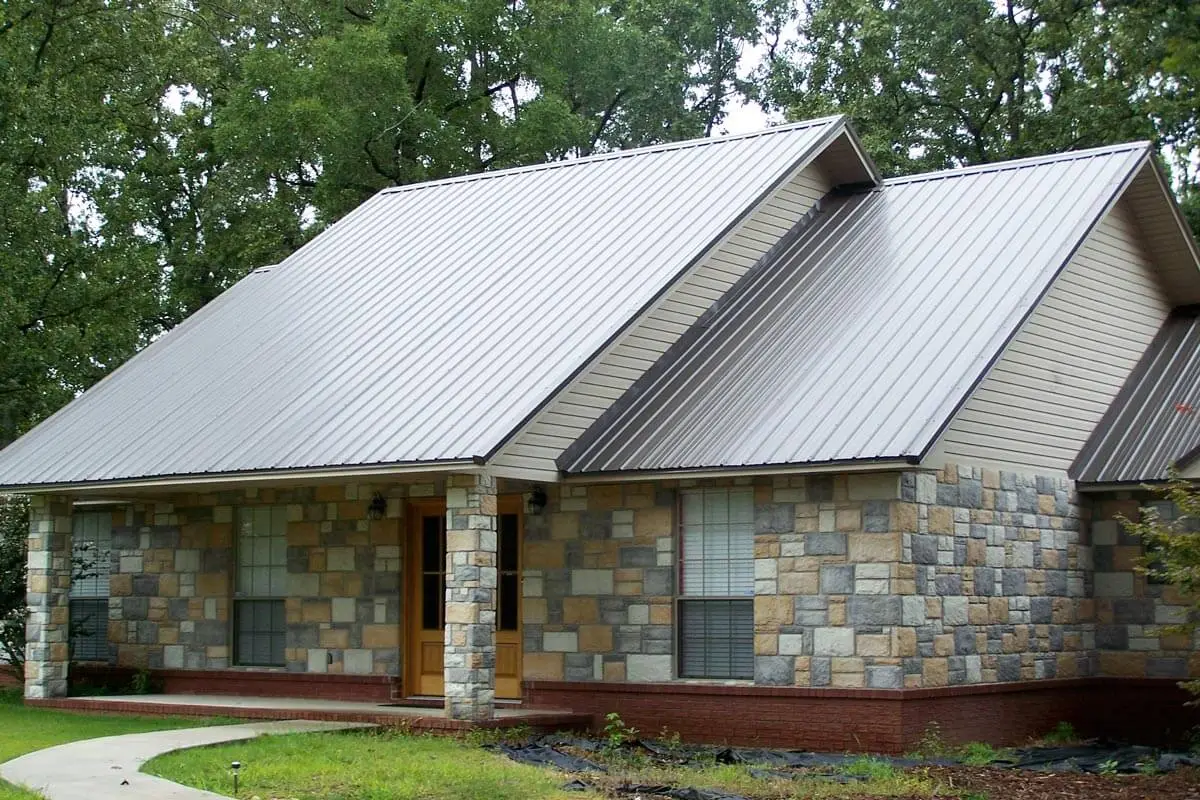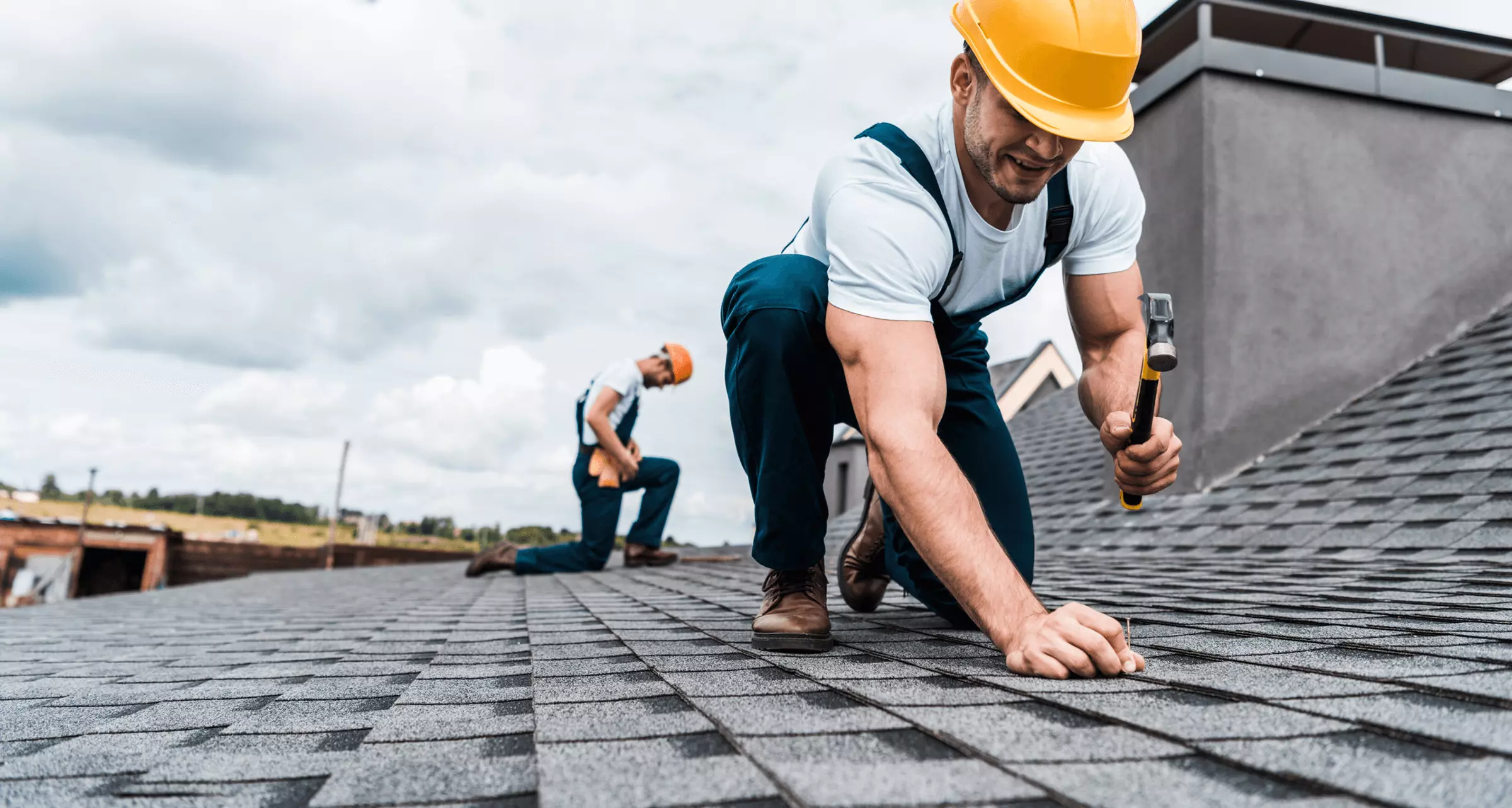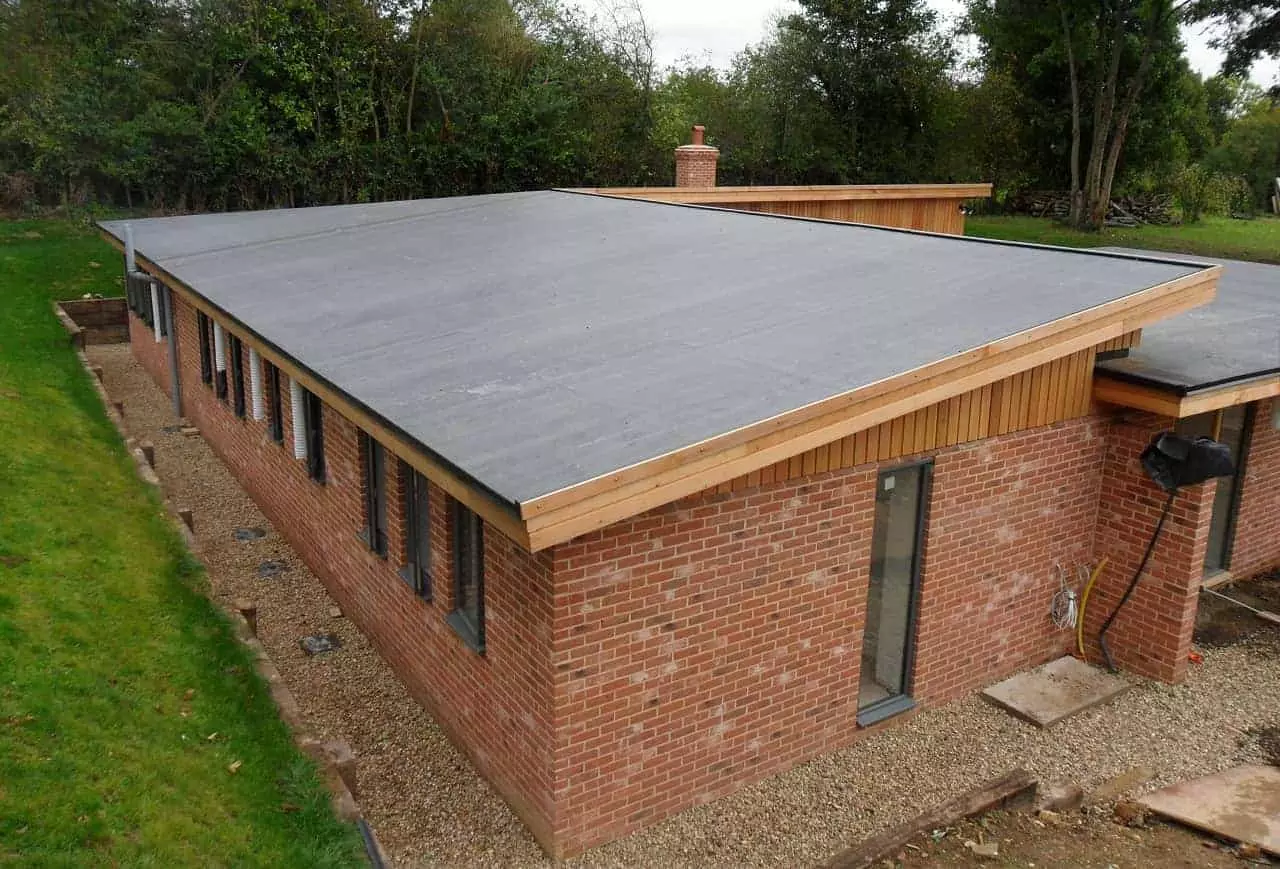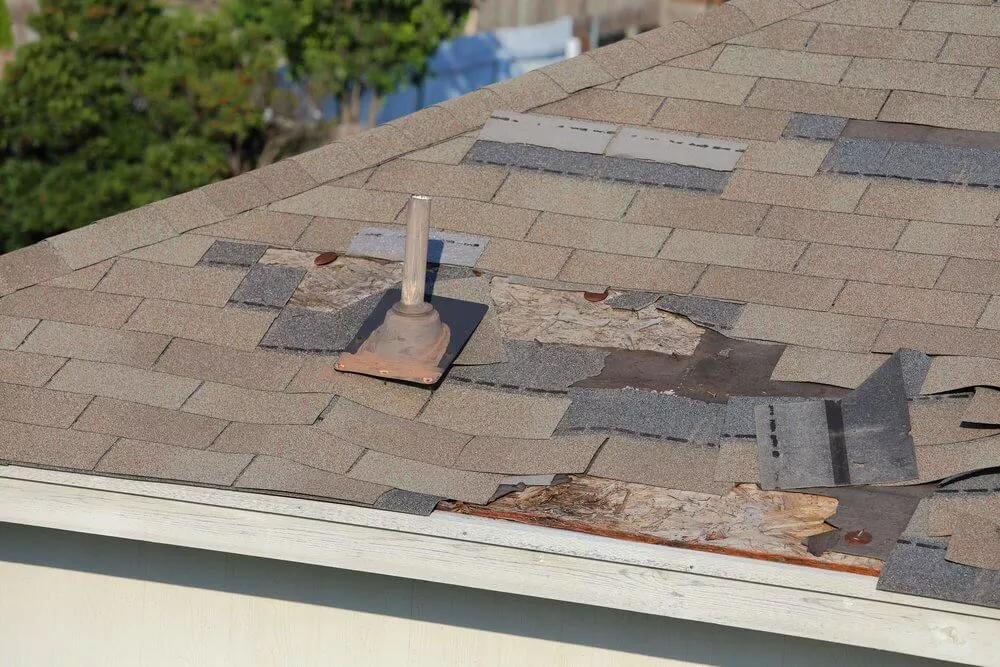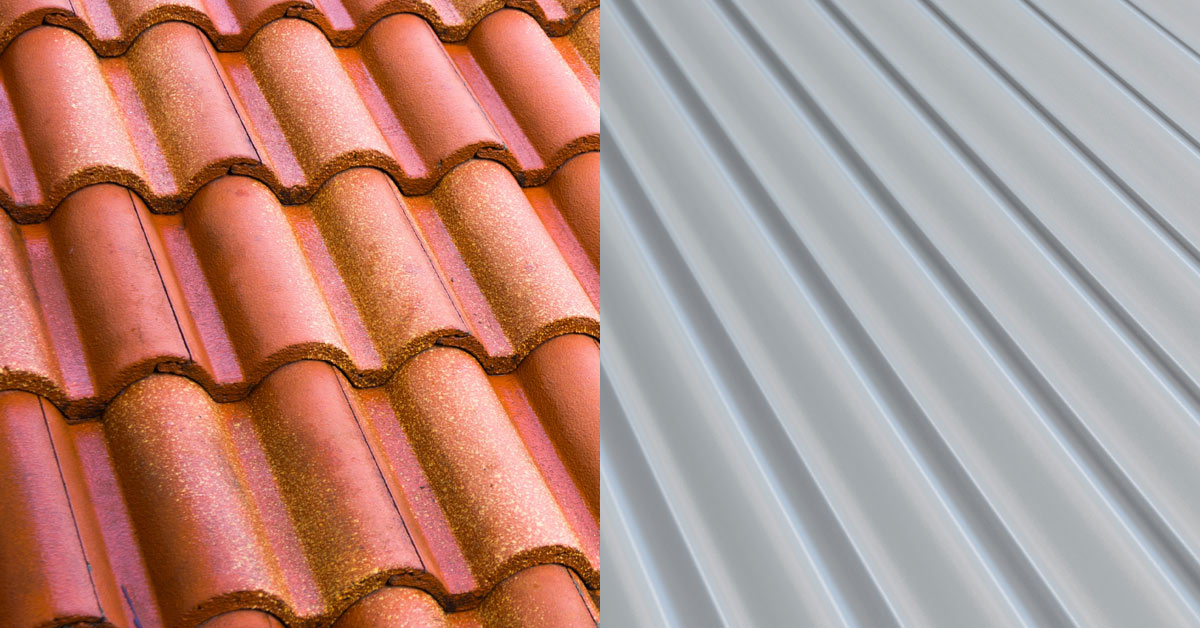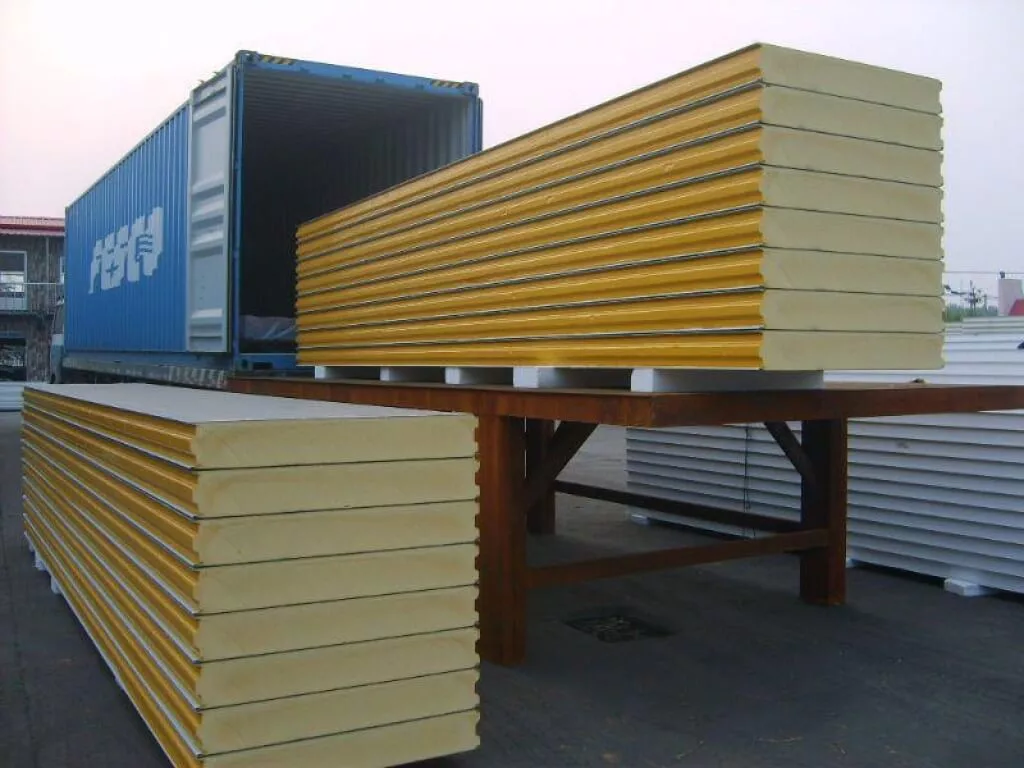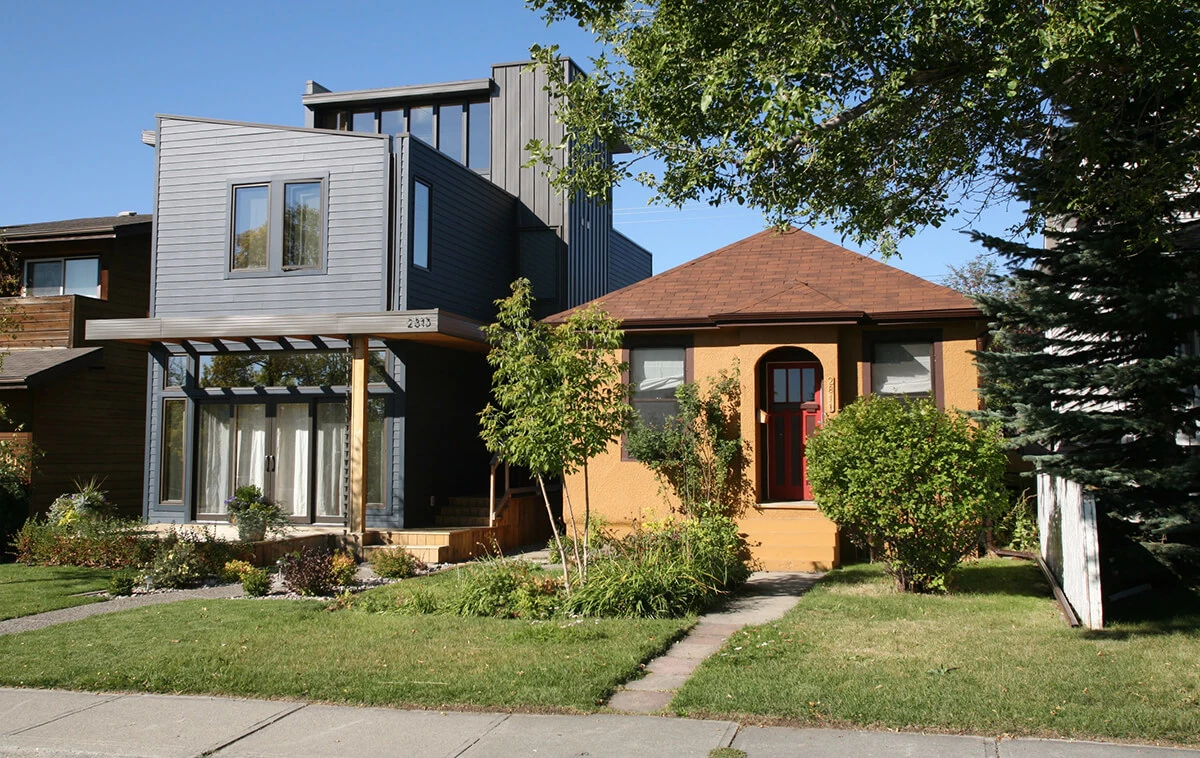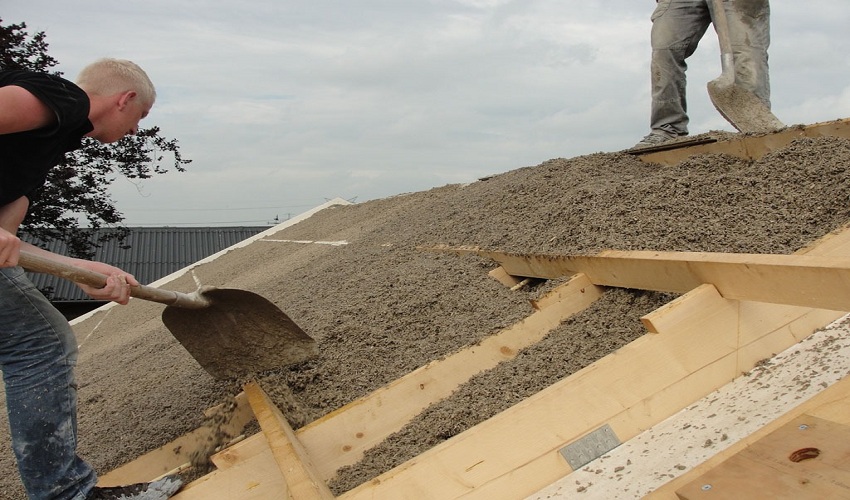In various industries, workers often find themselves performing tasks on rooftops, whether it’s construction, maintenance, solar panel installation, or HVAC repairs. While these jobs are essential, they also come with inherent risks, primarily the danger of falling from heights. To mitigate these risks and ensure the safety of workers, rooftop safety fall protection systems have emerged as indispensable tools. This blog explores the importance, types, and benefits of rooftop safety fall protection systems, highlighting their role in safeguarding workers at elevated work sites.
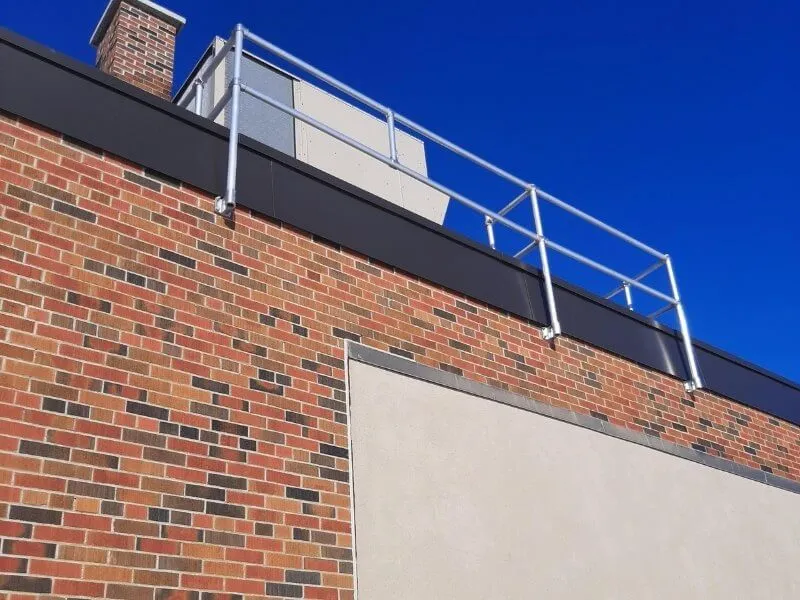
Content
The Importance of Rooftop Safety Fall Protection Systems
Rooftop work inherently exposes individuals to the risk of falls, making safety measures critical. The Occupational Safety and Health Administration (OSHA) in the United States has specific regulations in place that mandate the use of fall protection systems for employees working at heights above six feet. These regulations underscore the significance of prioritizing safety when working on rooftops.
Types of Rooftop Safety Fall Protection Systems
- Guardrails and Handrails: These physical barriers are installed along the edges of rooftops to prevent accidental falls. Guardrails are erected around roof perimeters and openings, while handrails provide support and stability to workers traversing rooftop walkways.
- Safety Nets: Safety nets are strategically placed below elevated work areas to catch and cushion workers in case of a fall. They are particularly effective for tasks involving roofing, construction, and maintenance.
- Personal Fall Arrest Systems (PFAS): PFAS consists of a harness worn by the worker, connected to an anchor point via a lanyard or lifeline. If a fall occurs, the system activates, arresting the fall and preventing the worker from hitting the ground.
- Rooftop Warning Line Systems: These systems employ warning lines and barriers to demarcate safe work areas on the roof. They help prevent workers from approaching dangerous edges.
- Temporary Platforms and Scaffoldings: For more extended rooftop projects, temporary platforms and scaffoldings can be erected to provide a stable work surface and guard against falls.
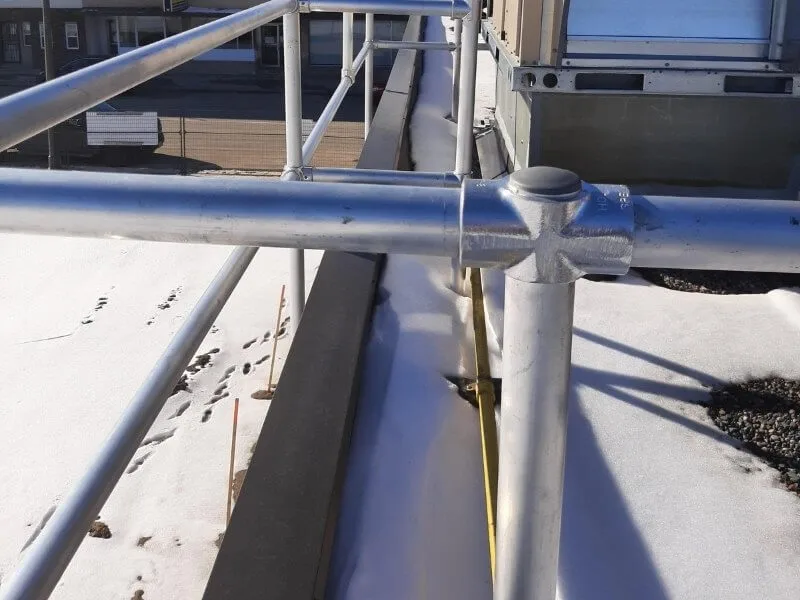
Source: Industrial Roofing
Benefits of Rooftop Safety Fall Protection Systems
- Worker Safety: The primary benefit of these systems is undoubtedly the protection they afford to workers. By minimizing the risk of falls, they contribute to a safer work environment and reduce the occurrence of accidents.
- Legal Compliance: Adhering to regulations set by authorities such as OSHA ensures that employers avoid legal penalties while prioritizing employee well-being.
- Increased Productivity: When workers feel secure in their work environment, their productivity tends to rise. With the reassurance of a reliable fall protection system, they can focus on their tasks more effectively.
- Cost Savings: Implementing robust fall protection systems can help companies save money in the long run by reducing the number of workplace injuries and related expenses.
- Positive Reputation: Companies that prioritize worker safety foster a positive reputation both within their industry and among potential clients. This commitment to safety can lead to increased business opportunities.
Flat roof top safety fall protection systems are indispensable safeguards for workers performing tasks at elevated heights. With various types of systems available, each tailored to specific needs, employers can ensure the well-being of their employees while adhering to legal regulations. By investing in these systems, companies not only protect their workers but also contribute to a more productive, efficient, and respected workplace. Remember, in the realm of rooftop work, safety should always be the top priority, so time to time flat roof maintenance is also crucial.

Wesley is a home improvement blogger who strives to improve his life and the lives of others. He provides homeowners with helpful tips on how to renovate their homes. His goal is not only to provide easy-to-follow instructions, but also share his own personal experiences for those seeking guidance.

